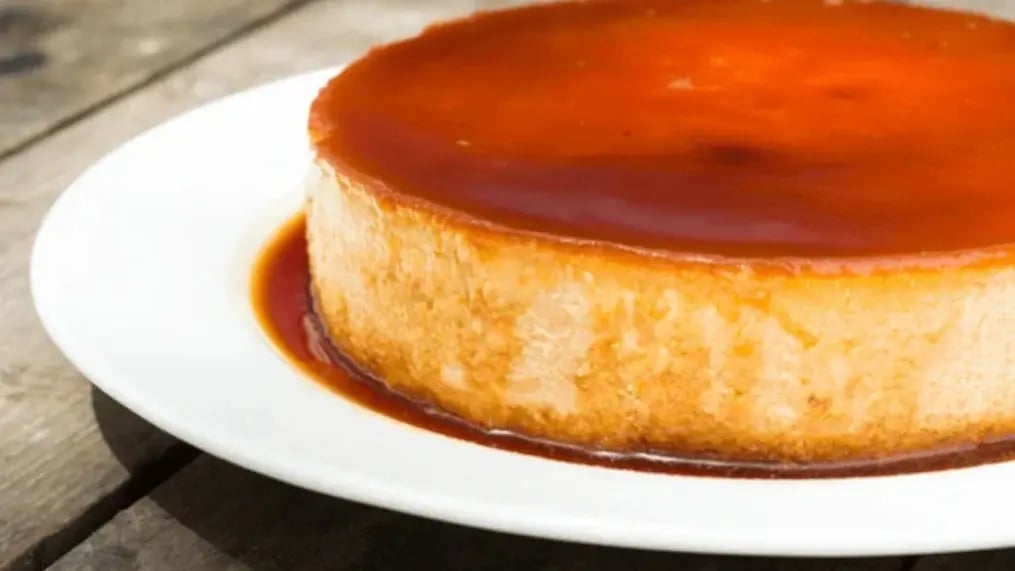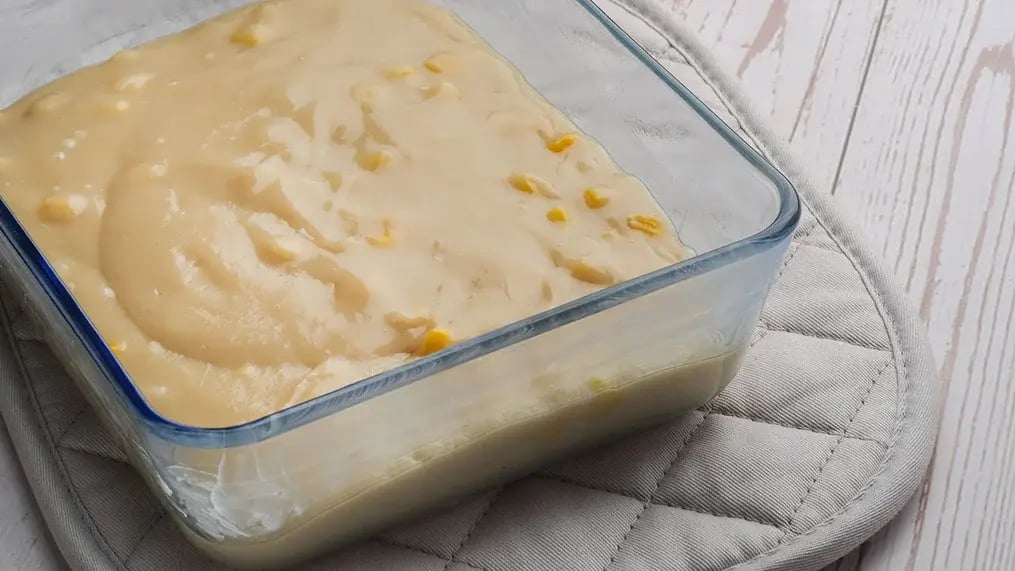- Home
- Articles
- Popular Desserts from Venezuela That Are the Epitome of Comfort And Will Leave You Reaching For Seconds
Venezuelan desserts are warm and comforting and the country sure knows how to celebrate its local flavours that is a blend of colonial influences and a dash of diversity that boasts a richness of the local ingredients.

Venezuelan desserts are a fusion of Latin American, European, and African culinary influences that are prepared with plenty of passion showcasing the country's local flavours. This intriguing mix of New and Old World ingredients is what makes Venezuelan desserts truly special. Each dessert has its history, region, and association with particular times or celebrations. Over the top is not what you would expect from this country, humble ingredients and preparation methods that have been experimented with and finessed over the years are what set Venezuelan desserts apart.
1. Golfeados
With a likeness to cinnamon rolls, they are a popular breakfast choice which follows the same principle as the cousin – a bun coiled into a snail-like roll. Golfeados, unlike cinnamon rolls, are flavoured with anise with a filling of “panela” (grated brown sugar) and cheese. They originated in the country’s capital, Caracas and were said to be the work of the bakers Genaro and María Duarte. They are sold in all bakery shops, pastry shops and street vendors across the country.
2. Quesillo

This is the Venezuelan version of the Spanish flan that also goes by the local name “flan de queso” that almost always served at birthday parties. Quesillo has European origins and comes from the Canary Islands where it is known as the “flan de huevo” and is prepared with milk, egg yolk, and sugar. Traditionally, Quesillo is made by cooking the caramel in a pot, then pouring it into a mould and once it cools, a cheese mixture is added to it. This is baked like the New York-style cheesecake by placing it in a bain-marie, a pan filled with water, to bake the dessert evenly.
3. Negro en Camisa
This Venezuelan dessert has a racist name that translates to “Black in a shirt”, which is the country's version of the brownie; you could lowkey also consider it to equate to a custard cake recipe. It’s a soft and velvety smooth chocolate cake that has English cream (custard) poured on top. It enjoys immense popularity in the capital city of Caracas and not much is known about its origin. But, some say it was brought in by European migrants who made the best adaptation of the existing chocolate desserts in the country.
4. Majarete

A popular Easter dessert, Majarete is uniquely Venezuelan and is made with cornflour, and coconut and flavoured with cinnamon, cloves, lemon and Panela to sweeten this dessert. Majarete has a rustic appeal and dates back to a time when flour was not widespread in desserts. A simple concoction of corn, coconut spices and lemon, this austere dessert is sweet yet comforting and does not require any adornments.
5. Bienmesabe
Bienmesabe translates to "tastes good to me," which is a cake made with layers of grated coconut, sweetened condensed milk, egg yolks, and a sprinkling of citrus zest. The cake sponge is usually soaked in liquor, typically rum, cognac or sweet wine, sandwiching coconut cream layers. Like the Negro en Camisa, this dessert is also thought to have colonial roots with some saying the Franciscan nuns improvised on a local coconut cake. The other one says a black woman created this dessert that tasted almost magical and was said to cure heartaches.
6. Arroz con Leche

An extremely popular dessert across Latin America, this is simply a rice porridge that is sweetened by the famed dulce de leche, which in Venezuela is known as Arequipe and eaten on its own as a dessert. Arroz con Leche is also popular in, Spain, Mexico and France, and the main ingredients of this simple dish are rice, sugar, and milk. The Venezuelan versions often include condensed milk or coconut milk and is characterized by being comforting, especially when eaten warm and with a touch of ground cinnamon.
7. Catalina
Ever heard of spongy cookies? No, not the soggy ones that did not have the dough right. We are talking about an anise-rich Venezuelan Catalina cookie that is also called Paledonia. These delicate, crumbly cookies are flavored with vanilla, star anise, cloves, and cinnamon, often with a splash of rum. The secret to the distinctive taste and texture of Catalinas lies in the use of wheat flour, brown sugar, and raw cane sugar, which gives the cookies their characteristic brown color and sweetness. Typically shaped into small, round discs about a centimetre thick, Catalinas are perfect for dunking into hot chocolate or coffee.
Like This Article?
More Like This




Popular Articles





Trending Web Stories
Curated Recipes


















